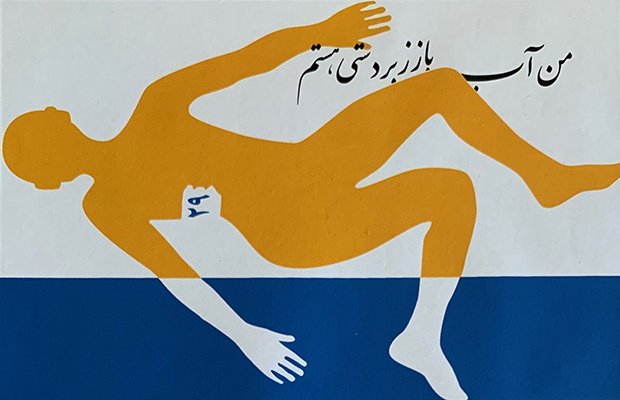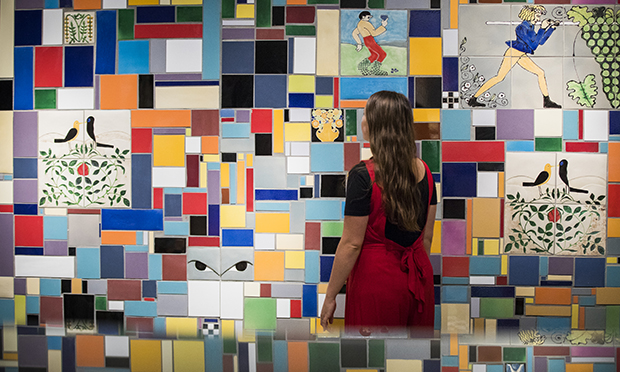Into the Night: Cabarets and Clubs in Modern Art, Barbican Centre: ‘Fascinating insight into culture-shaping places’

Photograph: Studio Fotografico Gonella 2014
Nightclubs are places to escape the vicissitudes of daily life, be it the grind of a boring job worked in the straightjacket of social convention or the tumult of war and revolution.
Throughout the period we generally label ‘modern’ (1880s-1960s), people flocked after dark to clubs and cabarets for immersive experiences that took them to a different place.
Yet such venues were also intensely engaged in reinventing the cultures in which their lives were lived.
Into the Night is a major exhibition at the Barbican that discovers in places of nocturnal congregation a tradition of subversion and experimentation that has long been underappreciated for its role in shaping the modernist movement.

Clubs and cabarets of the period were places where avant-garde poetry mingled with theatre, dance, painting, music and interior design, with pepperings of puppetry, pantomime, film and innovative cocktail mixology.
From Belle Epoque Paris to Ibadan, Mexico City and Tehran, we sample the huge variety of genres through which this aesthetic experimentation was wrought.
Cabarets first emerged in Paris’s Montmartre neighbourhood in the 1880s.
Famous spaces such as Le Chat Noir set an example that was copied in other European cities over the years that followed.
The Dada movement was born in 1916 at Zürich’s Café Voltaire. Futurism was first tried on for size in Bal Tic Tac and the Cabaret del Diavolo in Rome.
The multitude of nightclubs in inter-war Berlin were shunned by the government of Weimar Germany for their hedonism, but loved by locals as places where the illicit pleasures of bohemian artistic life offered a momentary respite from hardship.
And it was not only in Berlin that clubs were places of liberation and expression. As hemlines got shorter and dance steps more frenetic, the cabarets of early 20th-century Europe were spaces where women could experiment with new ways of being.

The jazz clubs of Harlem in the 1920s-1940s helped shape the music and styles that gave black culture of the period a distinctive feel.
Revolutionary Mexico and post-independence Nigeria developed new understandings of national identity in spaces such as the Café de Nadie in Mexico City where the Estridentism movement was born, and the Mbari clubs of Ibadan were post-colonial Nigerian culture was forged.
Iranian pop art experienced a short but intense development on the walls of Tehran clubs such as Rasht 29 in the late 1960s.
The Barbican has used its gallery space both to document and to recreate the international club scene of the modernist period.

The relationship between art and nightlife is told by means of selected venues, each of which has a room devoted to it on the top floor, while a smaller number of clubs are reimagined in life-size versions on the ground floor.
The multimedia exhibition includes original artefacts, artworks, posters, music, video and photos from clubs around the world.
Among the most interesting perhaps are the extensive collection of Iranian art from the 1960s and the intimate tiled interior of the recreated Cabaret Fledermaus.
The non-chronological, non-geographic ordering of the rooms in the show is a bit disorienting – possibly intentionally – but this exhibition offers a fascinating insight into a cultural world that has had a lasting imprint on urban life.
Into the Night: Cabarets and Clubs in Modern Art runs until 19 January at the Barbican Centre, Silk Street, EC2Y 8DS.
